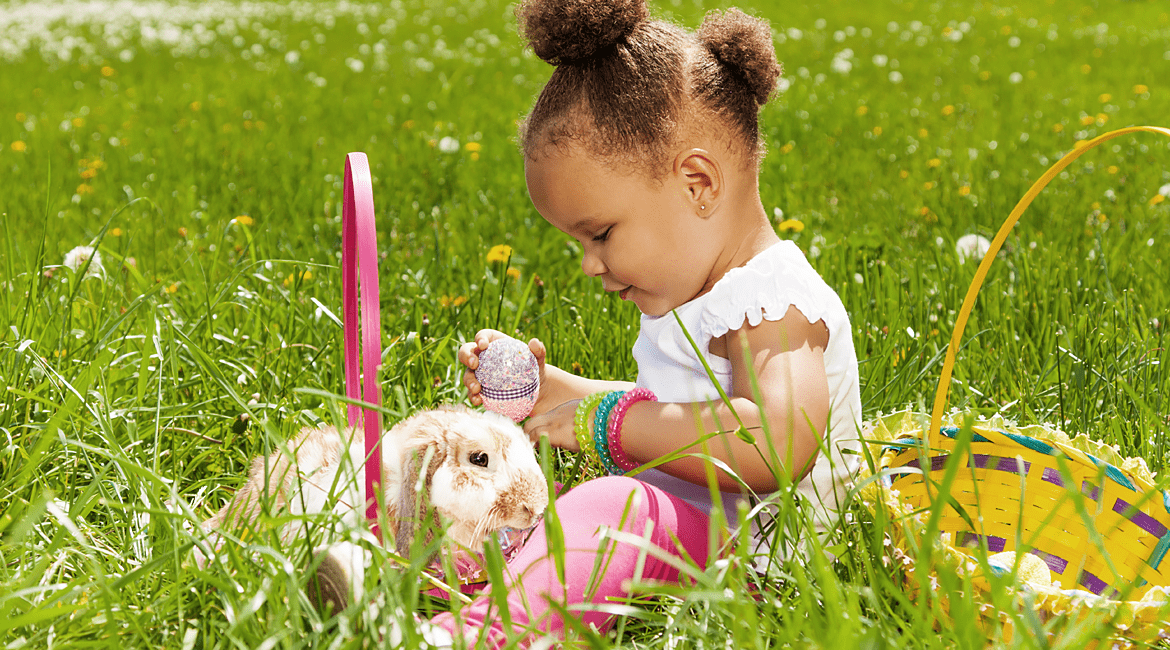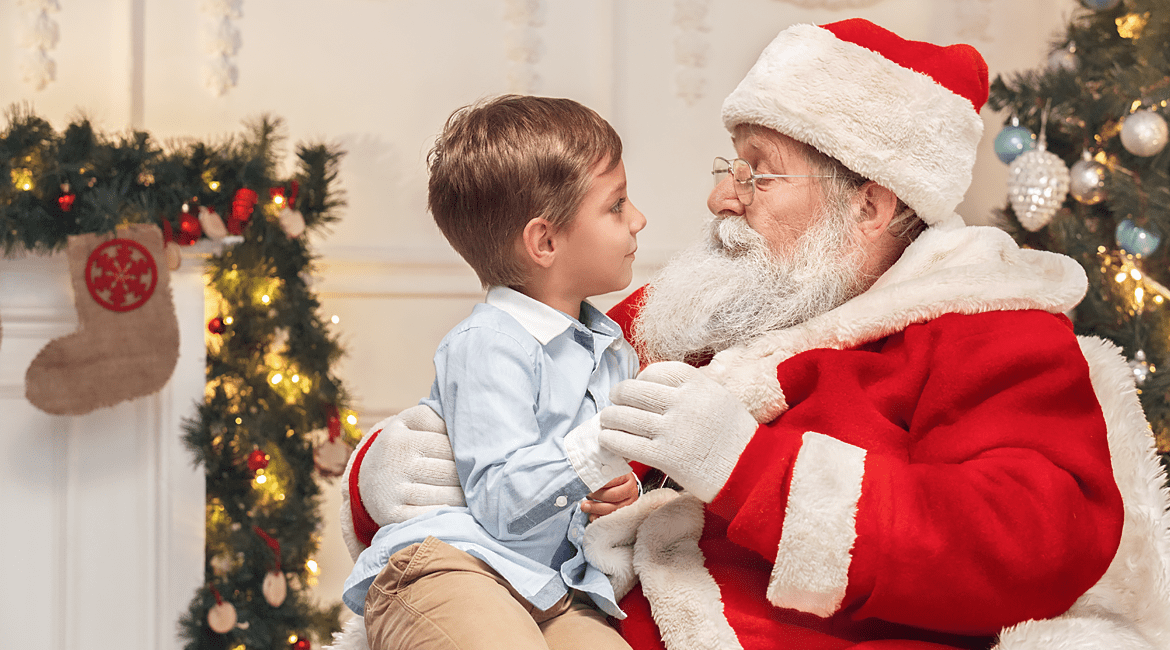As children grow and get a better understanding of the world, they begin to ask tough questions.
Besides the common question asked by children on where babies come from, most parents dread the day their kids would question the existence of Santa Claus, the Tooth Fairy, Easter Bunny, and other childhood traditions.
Also, when you have children of varying ages, there is a thin line between being truthful and spoiling the fun for the younger kids. So how do you answer when your kid wants to know if these traditions are real?
What to Do If Your Child Stops Believing in Childhood Traditions
Normally, children do not get far into their teen years without a friend or older sibling telling them that their beloved childhood tradition is not real and that their parents are the ones giving them the candy, money, and presents.
Learning that your child has stopped believing in these characters and knowing they are fictitious can be jarring for parents, especially if you are looking forward to their cute reactions every year.
When they come to you for “the truth,” it can be tempting to save children’s feelings by trying to convince them that these magical characters do exist.
Children are smart and intelligent, and they will eventually figure out that these childhood stories are fake; hence, do not lie to them.
In these cases, as a parent, you should explain to them the symbolic and cultural meaning of their favorite childhood characters like Santa Claus and teach them how they can still find fun with their beloved traditions and ritual.
With the scenario of Santa Claus, it is advisable to inform them that he embodies generosity and giving gifts, which is a character they can learn and emulate.
Contrary to popular belief, children do not lose their innocence just because they have stopped believing in childhood traditions. Once your child becomes aware of the truth, it is up to you as a parent to guide and teach them the value and importance of these holiday traditions and, most importantly, be supportive of their growth.
Also, when they approach you with their concerns, keep the faith by reassuring them that although the Tooth Fairy or Santa might not be physically real, their spirit is. This would be very comforting to young kids, especially if they found out it wasn’t real from their older siblings.
Nevertheless, do not spoil their childhood and allow children to believe what they want to. Before the age of six, they are still young to distinguish fantasy from reality. Hence, when they come to you looking for answers, if you can tell your child still wants to believe the fairy tales, do not ruin the fun for them. Simply ask them what they think and let them tell you what they hope to hear from you.

Factors to Consider Before Answering Your Child’s Questions
Children are naturally curious about everything ranging from how the world works to why the sky is blue. Their curiosity leads to them asking several questions. Some of these questions would be easier for parents to answer, while some may require tactics before responding.
When it comes to questions on childhood traditions such as Santa Claus, the Easter Bunny, the tooth fairy, etc., it is vital that you carefully consider some factors before you would respond to your children’s questions.
For instance, on the existence of Santa, does your child simply want reassurance on its existence or the whole truth? Most children want you to tell them the truth and not leave any facts out on Santa, while some would want to be left in reasonable doubt.
Listed below are certain factors to consider before answering your little one’s questions.
Your Child’s Age
Although the older children will eventually catch on, the younger kids might hold on to these fairy tales just a little too long. An 8-year-old who still believes unequivocally that the Tooth Fairy is real will be at a clear disadvantage on the playground where most of the children they interact with don’t. From the ages of 3 to 6, it is important that you build up their imagination through these make-believe stories.
How Ready They Are for The Truth
Different children have different reactions to hearing the truth about their favorite childhood traditions. Some children respond with relief because they needed confirmation. At the same time, other kids might throw tantrums because of the lies and betrayal of their trust. You need to know if they are grown enough for you to spoil the sweet story of their childhood.
Family Traditions
You might want to consider revising some of your family’s annual traditions. This would be a good opportunity to involve your children in the process if they already know the truth.
Explain that it is a tradition that families have been perpetuating for decades and ask how they might like to take over and be the character, e.g., Santa, and spread the generosity. This way, you can guarantee that Santa will live forever in your child’s heart.
Conclusion
Children go through many curiosity phases as they are growing up. If your child is constantly asking questions on the reality of these annual holiday traditions or have stopped believing, it is vital that you find creative ways to explain the truth to them.
However, know that there is no right way of answering all the questions that your children would have.
As kids mature, they will eventually realize that Santa and the Tooth Fairy are fictitious. This is a great chance to bond with your little ones as you teach them about family traditions and their role in the modern world.
There is no hard rule that you must introduce these characters and traditions to your children. If you are not comfortable pretending that the Easter Bunny, Santa, and other myths are real, you can always skip this tradition. However, keep in mind that your children would hear about these stories in school. You will want to make sure they do not ruin the secret for their friends!


